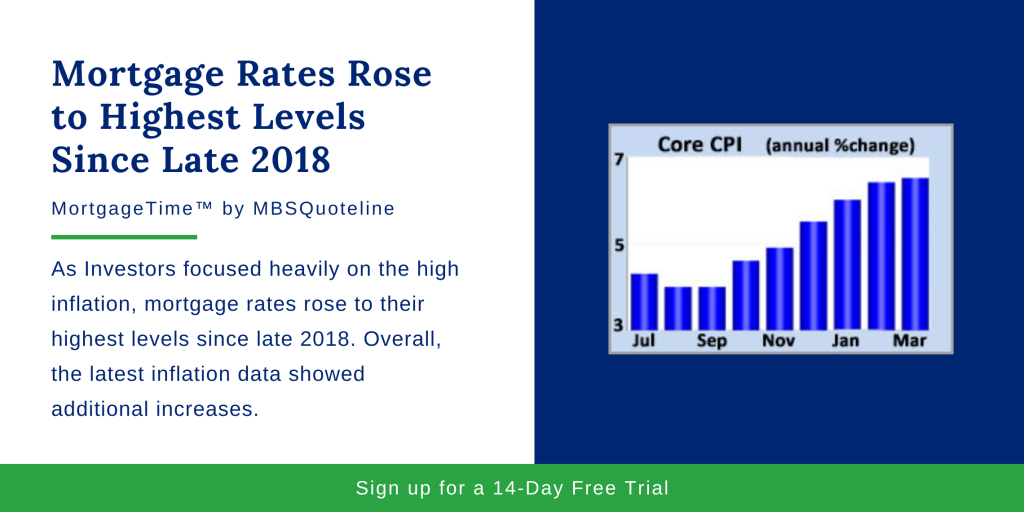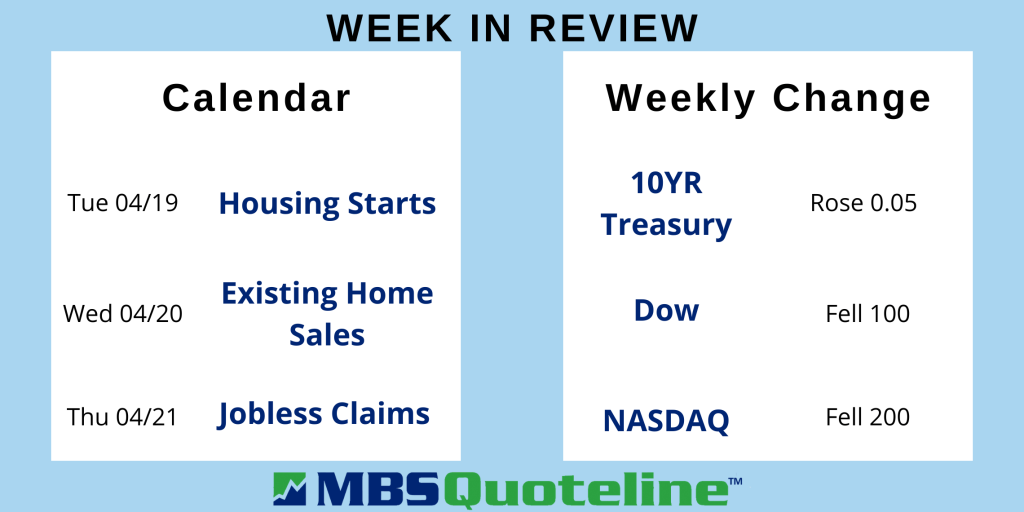As investors focused heavily on the high inflation, mortgage rates rose to their highest levels since late 2018. Overall, the latest inflation data showed additional increases.
Mortgage Rates Rose Alongside Inflation
Analysts closely watch the Consumer Price Index (CPI). As an inflation indicator, CPI looks at price changes for a broad range of goods and services. Core CPI excludes the volatile food and energy components and provides a clearer picture of the longer-term trend.
In March 2022, Core CPI rose 6.5% higher than a year ago. Not only did Core CPI jump up from an annual rate of increase of 6.4% last month, it achieved the highest level since 1982. As mortgage rates rose, so did inflation.
Ukraine Conflict & COVID-19 Shored Up Supply Chain
With the rise in mortgage rates and inflation, economists quickly sought answers. Economists attribute this pattern to the steady economic recovery. As the United States bounced back from the COVID-19 pandemic, strong consumer demand, supply constraints, and surging commodity prices pushed prices much higher for a wide range of goods and services.
Meanwhile, the conflict in Ukraine and the recent shutdowns in China due to COVID-19 worsened shortages for many key items. For example, airline fares increased 24% compared to one year ago. Also, used car prices soared 35% higher than last year at this time. Over time, supply chain disruptions will ease, and Fed tightening will reduce inflationary pressures. However, the timeline remains unclear.
Strong Consumer Spending Persists
Aside from the rising mortgage rates, consumer spending accounts for over two-thirds of the United States’ economic activity. Thus, consumer spending indicates economic health.
In March 2022, retail sales matched expectations with an increase of 0.5% from February. Additionally, retail sales climbed 7% higher than a year ago. Despite rising prices, consumer spending holds very strong so far this year.
Rising Mortgage Rates Hurt Loan Applications
While mortgage rates rose, this trend took a large toll on application volume. According to the latest data from the Mortgage Bankers Association (MBA), average 30-year fixed rates increased more than 1.75% higher than a year ago.
Purchase applications declined 6% from last year at this time. Meanwhile, loan refinance applications plunged a shocking 62% from one year ago. Now, the MBA forecasts a 35% drop in total mortgage originations this year due to the massive decline in refinancing activity.
Looking Ahead As Mortgage Rates Rose to Late 2018 Levels
After mortgage rates rose to late 2018 levels, investors seek additional Fed guidance on the pace of future rate hikes and balance sheet reduction. In addition, investors continue to closely follow news on Ukraine.
Looking ahead, mortgage markets close tomorrow in observance of Good Friday. Beyond that, next week offers light economic data, concentrating on the housing sector. Housing Starts release on Tuesday. Finally, Existing Home Sales come out on Wednesday.
With progressively rising inflation, mortgage rates rose to late 2018 levels. Never miss an update with MBSQuoteline. To receive by-the-minute updates on mortgage-backed securities, try our platform free for 14 days.
Stay connected with MBSQuoteline on social media by following us on Facebook, Twitter, and LinkedIn.
All material Copyright © Ress No. 1, LTD (DBA MBSQuoteline) and may not be reproduced without permission. To learn more about the MortgageTime™ newsletter, please contact MBSQuoteline at 800.627.1077 or info@mbsquoteline.com.



